The AP® United States Government and Politics Exam requires students to be familiar with fifteen landmark Supreme Court cases to the point that they can compare each case to a similar case that will appear on the exam. Questions about the required Supreme Court cases will also appear on the multiple choice section of the exam.
|
(Free Resource from Marco Learning)
|
Click on one of the required Supreme Court cases to navigate directly to it.
Supreme Court Comparison Sample Questions |
Marbury v. Madison (1803)
The Supreme Court was created by Article III of the United States Constitution, but the Constitution is vague concerning its powers. Nowhere in the Constitution does it explicitly say that the Supreme Court would have the final authority to interpret it or to strike down laws that are in conflict with it. This all changed when William Marbury, who had been promised a federal judgeship under the Adams administration, sued James Madison, President Thomas Jefferson's Secretary of State, for failing to deliver the judicial commission promised by the Adams administration. Marbury asked the Court for a writ of mandamus, which would force Madison to deliver the commission. His basis for asking for this was found in the Judiciary Act of 1789.
|
Chief Justice John Marshall, reluctant to force a representative of the executive branch to deliver a commission (and risk the order being ignored), concluded that while Madison's refusal to deliver the commission to Marbury was illegal, that the Judiciary Act of 1789 was unconstitutional. In declaring a federal law passed by Congress to be unconstitutional, the Marshall Court asserted for the first time that the Supreme Court had the power of judicial review. Every landmark Supreme Court case, in which the Court ruled that a federal law, a state law, or an executive action, was unconstitutional relied on this power of judicial review. With the Marbury v. Madison decision, the Supreme Court declared that it would not remain the "least dangerous" branch promised by Hamilton in Federalist No. 78, but a powerful branch of government capable of checking the other two branches.
|
For More Information: |
McCulloch v. Maryland (1819)
McCulloch v. Maryland is another Marshall Court case that was instrumental in defining the powers of the federal government. Article I, Section 8, of the Constitution lists the enumerated powers of Congress. In addition, the Constitution states that Congress shall have the power "to make all Laws which shall be necessary and proper for carrying into Execution the foregoing Powers." The Necessary and Proper Clause of the Constitution lays the foundation for the doctrine of implied powers, which asserts that when the Framers listed the enumerated powers, they understood that the government would need to exercise other powers that were not specifically listed in the Constitution, but were still within the sphere of the enumerated powers.
|
The Bank of the United States was controversial in the early history of the United States because the Constitution did not include the power to create a bank among the enumerated powers. While Thomas Jefferson argued that a national bank was unconstitutional, citing that it was not "necessary" for executing the enumerated powers, Alexander Hamilton argued that it was "proper" for the government to create a bank, as it would be useful for executing the government's enumerated powers of taxation, borrowing money, and regulating currency. Although George Washington sided with Hamilton and signed legislation creating the Bank of the United States, the institution remained unpopular and the bank's charter was not renewed when it expired in 1811. However, after the War of 1812, President James Madison signed the charter for the Second Bank of the United States, deeming it necessary to help the United States manage the massive debt from the war.
|
Opponents of the Second Bank of the United States, believing that it was unconstitutional and threatened the rights of the states, began passing legislation at the state level to inhibit the bank's ability to operate. Most notably, the Maryland General Assembly placed an annual tax on any bank operating within the state that did not have a state charter. The Bank of the United States sued the state of Maryland, claiming that a state did not have the power to interfere with the operations of an institution chartered by the federal government. The Marshall Court ruled unanimously in favor of the Bank of the United States, declaring that the national bank was a legitimate constitutional entity based on the Necessary and Proper Clause and, as a legal entity, was protected from state interference by the Supremacy Clause of the Constitution. The Supremacy Clause reads,
This Constitution, and the Laws of the United States which shall be made in Pursuance thereof; and all Treaties made, or which shall be made, under the Authority of the United States, shall be the supreme Law of the Land; and the Judges in every State shall be bound thereby, any Thing in the Constitution or Laws of any State to the Contrary notwithstanding.
The McCulloch decision was a victory for those who favored a loose interpretation of the Necessary and Proper Clause, allowing for a strong central government with the ability to exercise implied powers beyond the enumerated powers listed in the Constitution.
For More Information: |
Schenck v. United States (1919)
Congress shall make no law... abridging the freedom of speech...
The First Amendment protects every American's right to freely express any political opinion and to criticize the government, but it is not an absolute guarantee of all speech, whatsoever. If someone were to go outside yelling and screaming at 4 AM, they would be arrested for disturbing the peace. The First Amendment does not protect someone who is bullying or making false and damaging statements about another individual. It also does not protect someone who is willfully inciting a riot or actively encouraging illicit activity or attempting to overthrow the United States government - especially if these attempts have a strong likelihood of succeeding.
|
During World War I, Congress authorized a military draft for the second time in the history of the United States. The Socialist Party of Philadelphia, under the direction of Charles Schenck, its General Secretary, printed and mailed 15,000 fliers to draft-eligible men in the Philadelphia area, which encouraged them to resist the draft on the basis that it was a violation of the Thirteenth Amendment's prohibition of involuntary servitude. Schenck and an associate, Elizabeth Baer, were convicted of violating the Espionage Act of 1917.
The Supreme Court unanimously upheld the convictions of Schenck and Baer, arguing that their campaign to encourage young men to resist the draft had a serious chance of succeeding, presenting a "clear and present danger" to the government's war effort. The Court's ruling was based partly on the principle that the government has greater authority to regulate speech in a time of war. The Court also asserted that the First Amendment does not protect speech whose primary purpose is to incite panic. Justice Oliver Wendell Holmes wrote in the unanimous opinion of the Court, "The most stringent protection of free speech would not protect a man in falsely shouting fire in a theatre and causing a panic."
|
Although the Court outlined the limits of First Amendment free speech protections in the Schenck decision and it still stands as a reminder that the First Amendment is not an absolute protection of all speech - especially speech that could incite violence or lawlessness - it is important to note that the Court has partially retreated from Schenck. In Brandenburg v. Ohio (1969), the Court struck down an Ohio law that criminalized all advocacy of violence and criminal activity without regard to its potential for success. The "imminent lawless action" standard set by Brandenburg has superseded the "clear and present danger" test that was the basis for the Schenck decision.
For More Information: |
Brown v. Board (1954)
The Equal Protection Clause of the Fourteenth Amendment grants all United States citizens "equal protection of the laws" throughout the United States, but it's up to the courts to determine what "equal" means. In Plessy v. Ferguson, an 1896 Supreme Court case, the Supreme Court ruled that the racial segregation of public facilities by state governments did not violate the Constitution as long as facilities were available to all races. This is known as the "Separate but Equal" doctrine.
For More Information: |
Baker v. Carr (1962)
Charles Baker, who had been mayor of a town near Memphis, Tennessee, sued the state for not redistricting seats for the state legislature since 1901, while state law required it to be done every ten years. Since the first half of the 20th century witnessed the rising population influx in urban America, rural legislative districts had become less populated than urban legislative districts. Baker based his suit on the Equal Protection Clause of the Fourteenth Amendment, claiming that because rural areas were over-represented, citizens in urban areas were being deprived of “equal protection of the laws” promised by the Constitution.
After losing his case in lower courts, due to the federal judiciary’s previous hesitance to get involved in political questions, Baker petitioned the Supreme Court. In a 6-2 decision, the Court ruled in Baker’s favor, with the majority finding that the state’s failure to redistrict was not simply a political question, but a question of equal justice under the law. The Baker decision helped to establish the principle of “one person, one vote,” as well as to set a precedent for federal courts to interfere in political disputes whenever a question of equal justice is at stake. While Justices Felix Frankfurter and Justice Harlan both argued in their dissenting opinions that this decision violated the separation of power between the legislative and judicial branches, Chief Justice Earl Warren, in his majority opinion, claimed that the case was an epitome of judicial significance, as preserving the principle of “one-person, one-vote” is essential for keeping America’s basic democratic values intact.
For More Information: |
Engel v. Vitale (1962)
For More Information: |
Gideon v. Wainwright (1963)
For More Information: |
Tinker v. Des Moines (1969)
For More Information: |
New York Times v. United States (1971)
For More Information: |
Wisconsin v. Yoder (1972)
For More Information: |
Roe v. Wade (1973)
For More Information: |
Shaw v. Reno (1993)
For More Information: |
United States v. Lopez (1995)
For More Information: |
McDonald v. Chicago (2010)
For More Information: |
Citizens United v. Federal Election Commission (2010)
For More Information: |
AP® is a trademark registered by the College Board, which is not affiliated with, and does not endorse, this website.



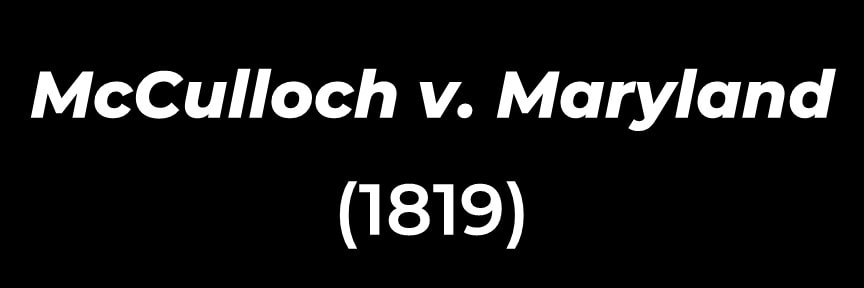

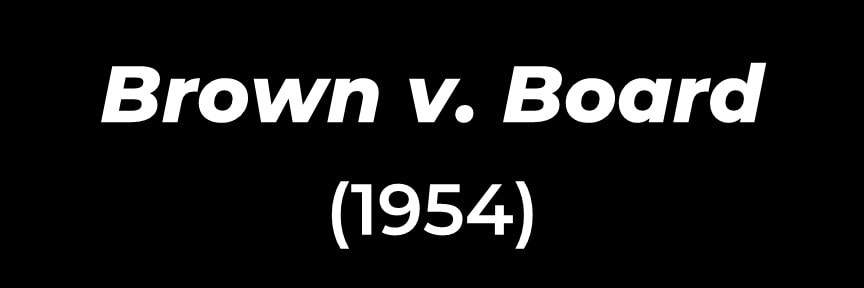
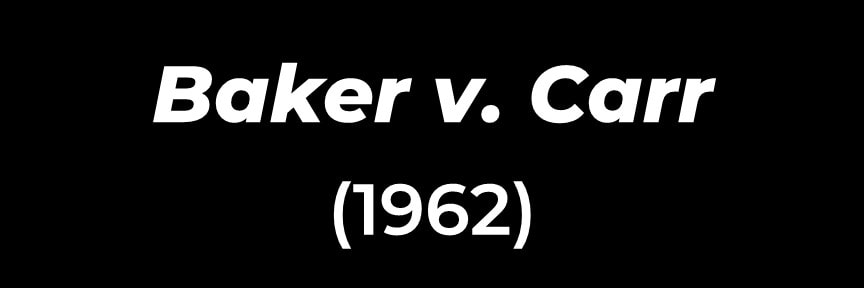
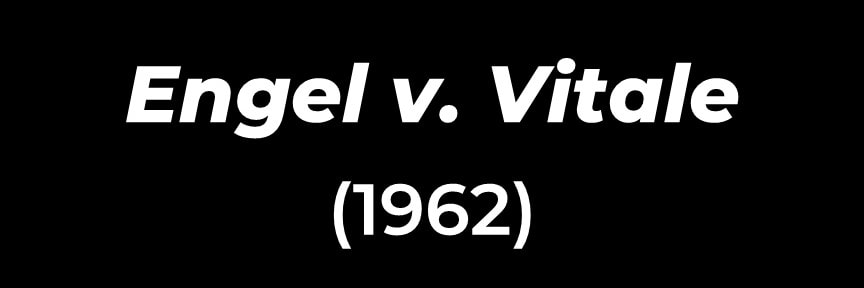

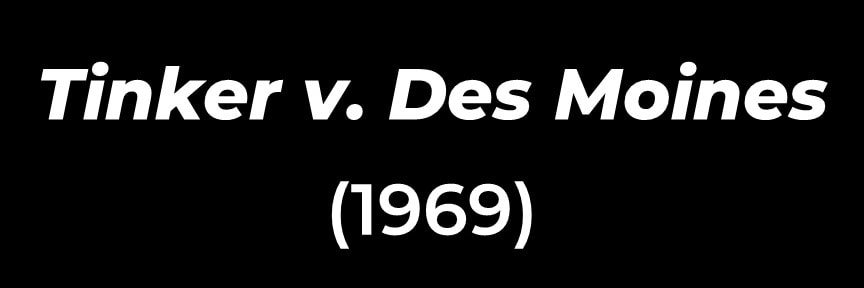
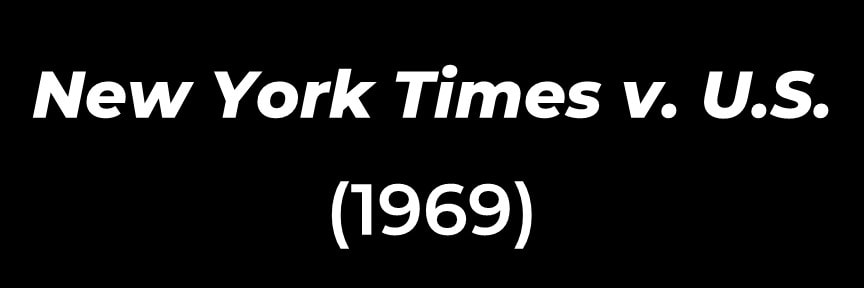

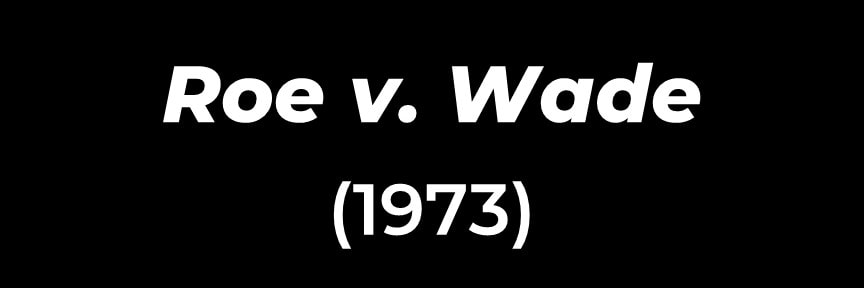

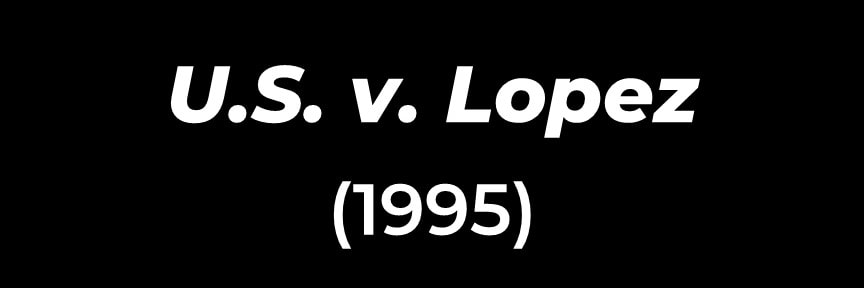

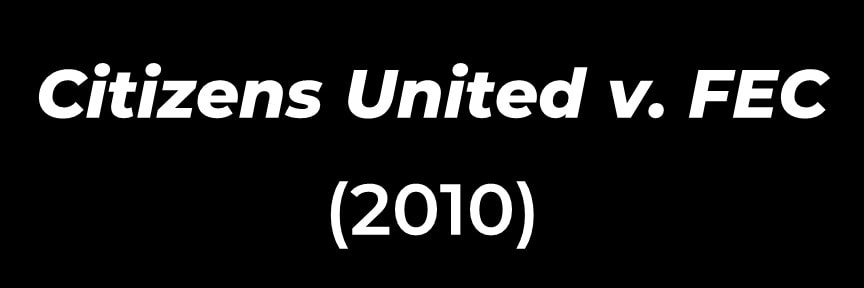
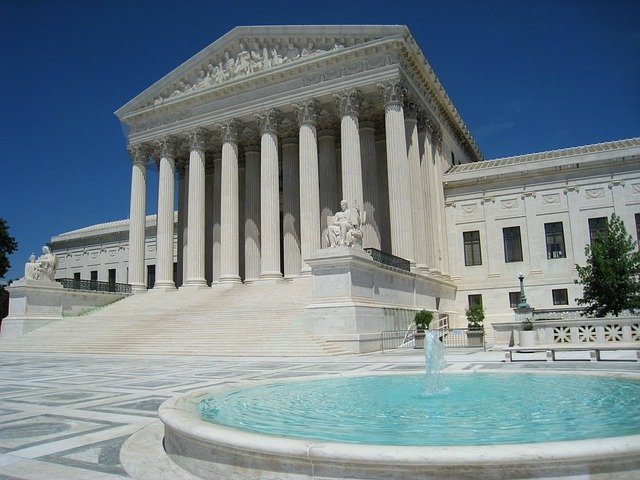
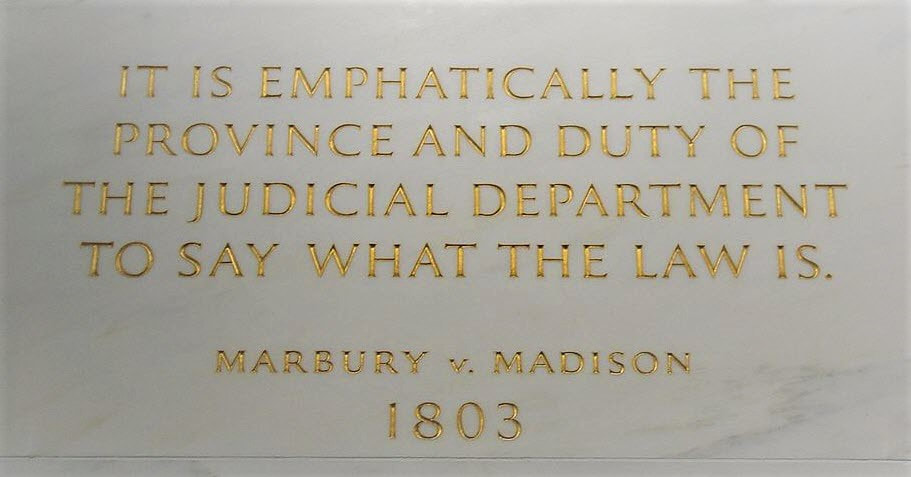
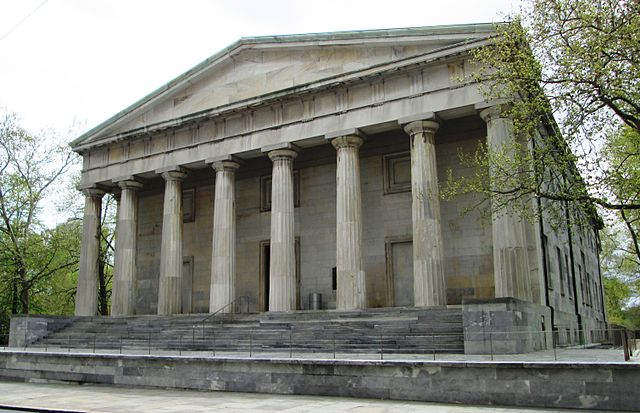
![[Uncle Sam WWI Draft Poster] The Court held that Schenck's anti-draft fliers had a serious chance at undermining the United States government's efforts to fight a declared war.](/uploads/3/2/1/0/32100773/published/uncle-sam-wwi.jpg?1595696456)